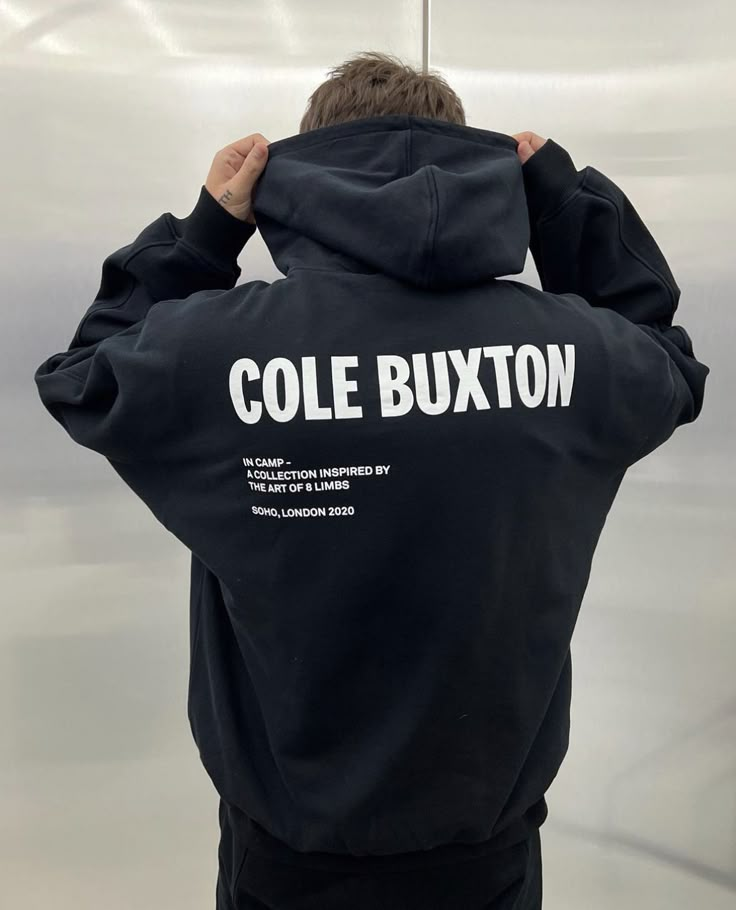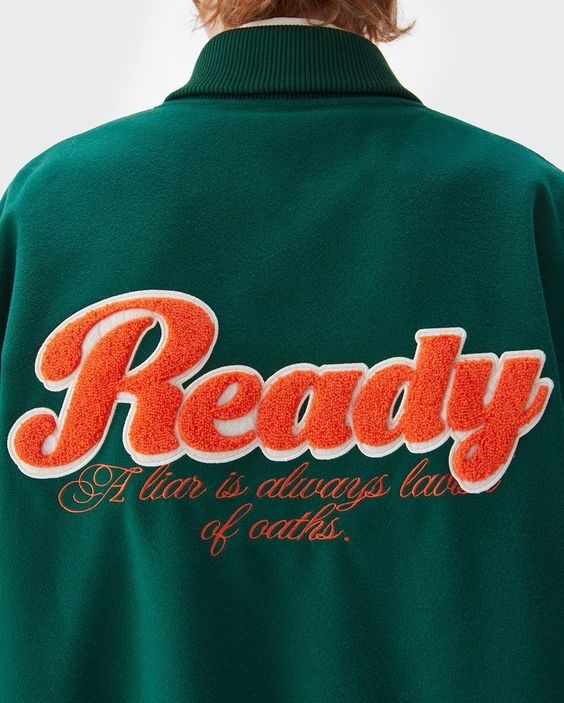As we step into 2025, the world of fashion is entering a thrilling and transformative phase. Designers, brands, and consumers are collaboratively redefining what it means to dress with authenticity, creativity, and a commitment to the planet. Fueled by rapid technological advancements, shifting societal values, and the desire for individuality, the future of fashion is being woven with innovation and purpose.
This in-depth exploration reveals the groundbreaking trends poised to shape the fashion landscape in 2025 and beyond. From eco-conscious craftsmanship and digital integrations to cultural fusion and boundary-breaking designs, tomorrow’s style revolution promises to be as diverse as it is inspiring. Get ready to discover the movements, philosophies, and breakthroughs leading fashion into a bold new chapter.
Sustainability Becomes the Standard
In 2025, sustainability is no longer an option—it is an expectation across the entire fashion industry. Once considered a niche commitment, eco-conscious practices have now become a baseline standard for brands at every level, from luxury couture houses to everyday apparel companies.
Innovative materials are at the forefront of this shift. Lab-grown leather, biodegradable textiles, and regenerated fibers are widely used, replacing conventional fabrics that once contributed to environmental degradation. These materials not only minimize ecological footprints but also offer enhanced durability, comfort, and aesthetic appeal.
Transparency has become a non-negotiable value for consumers. Shoppers demand clear insight into every stage of production, from sourcing and manufacturing to labor practices. Brands that fail to provide verifiable data on their sustainability efforts face significant reputational risks and market backlash.
Circular fashion is thriving. Clothing is designed with its entire lifecycle in mind, making resale, recycling, and repurposing easier than ever. Rental platforms, secondhand marketplaces, and wardrobe-swapping services have become integral parts of modern consumer behavior, reflecting a shift toward mindful consumption over impulse-driven purchases.
The ethos of sustainability in 2025 transcends environmentalism; it embodies a holistic lifestyle centered on quality, longevity, and responsibility.
Technology Woven Into Every Thread
Technology and fashion are now intrinsically linked, creating garments that are both intelligent and aesthetically refined. In 2025, wearable tech has evolved far beyond novelty, offering seamless integration into daily life.
Smart textiles are commonplace. Clothing items can regulate body temperature, monitor biometric data, or adapt to weather conditions automatically. Fitness and wellness apparel not only support athletic performance but also deliver real-time health feedback through embedded micro-sensors.
Customization has been revolutionized by advancements in 3D printing and AI-driven design. Consumers can now use mobile scanning tools to capture precise body measurements, enabling brands to produce tailor-made clothing on demand, reducing waste and enhancing personal expression.
Retail has embraced augmented reality (AR) and virtual reality (VR) technologies, allowing shoppers to try on outfits digitally before making purchases. This innovation has significantly improved the online shopping experience, reducing returns and promoting more thoughtful buying decisions.
Fashion design itself has embraced interactivity, with garments that change colors, patterns, or textures based on environmental stimuli or user preferences. This dynamic clothing redefines the concept of a static wardrobe, offering endless possibilities for individual expression.
Gender Fluidity Redefines Fashion Norms
The concept of gendered clothing has significantly evolved by 2025, giving rise to a fashion landscape that celebrates fluidity, self-expression, and inclusivity. Designers are creating collections that defy traditional binaries, focusing instead on style, fit, and emotion.
Clothing silhouettes are intentionally versatile. Oversized coats, tailored skirts, structured tunics, and fluid trousers populate collections, allowing wearers to choose pieces based on preference rather than societal gender norms.
Color schemes are liberated from past stereotypes. Pastels, bold primaries, muted earth tones, and vibrant neon shades coexist harmoniously, empowering individuals to craft looks that resonate personally rather than culturally prescribed.
Fashion campaigns and runway shows feature a diverse range of models, representing various gender identities, body types, and backgrounds. Authentic representation has become the norm, not the exception.
Retail environments have adapted to reflect this inclusivity. Stores are no longer divided into “menswear” and “womenswear” sections; instead, collections are organized by themes, styles, or aesthetics, creating a more welcoming space for all shoppers.
Fashion in 2025 honors individuality above all, embracing diversity not as a trend but as an enduring value.
Conclusion: Fashion’s Bright Future
As we look toward the horizon of 2025, it is clear that fashion is undergoing its most profound transformation yet. No longer just about aesthetics, style has become a powerful medium for sustainability, innovation, inclusivity, and self-expression.



